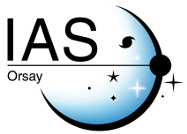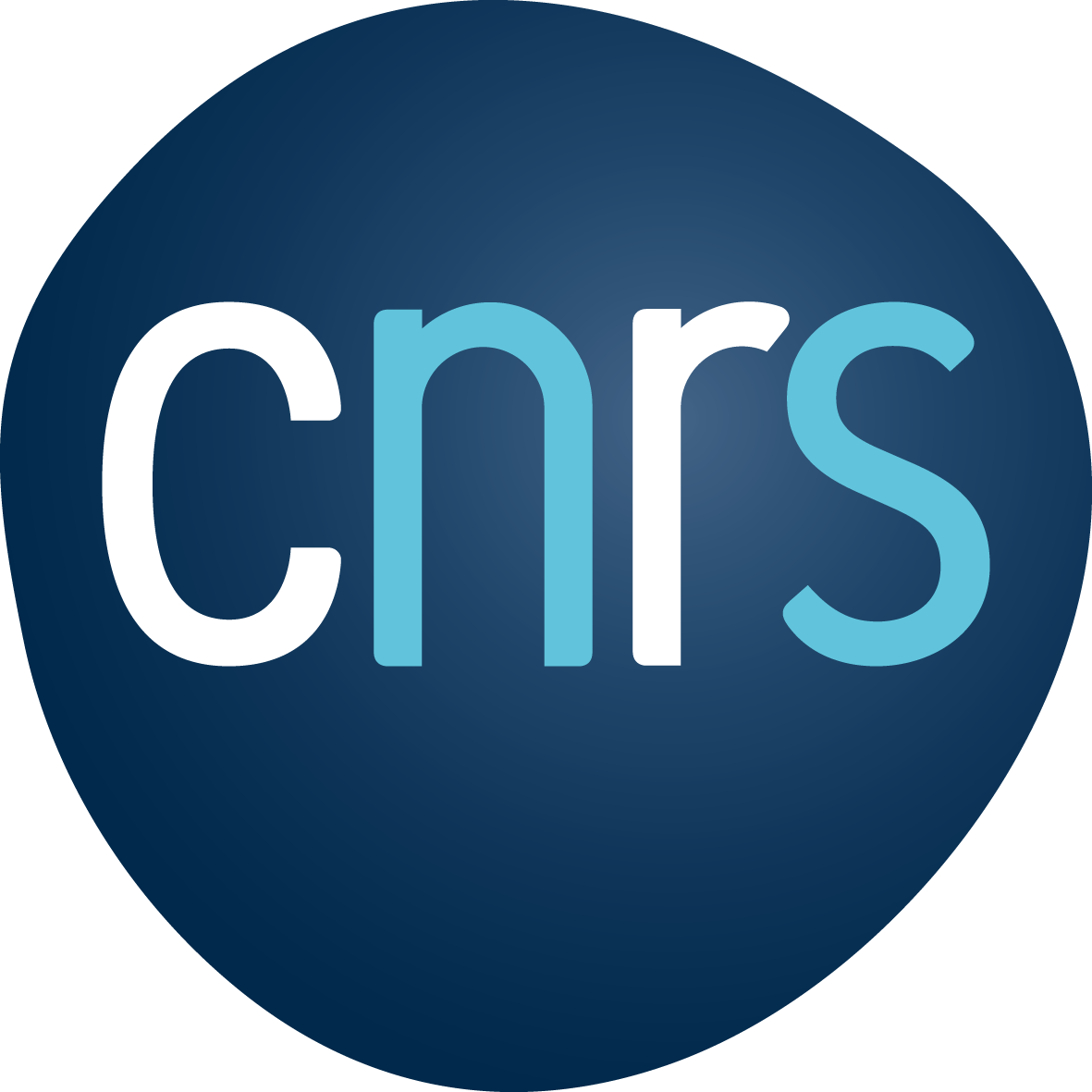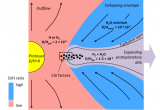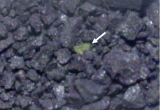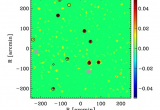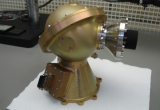Water-rock interactions are essential in the formation of planets, especially that of the Earth. In fact, the origin of water in solar system objects has always been extensively studied. The isotopic composition of the hydrogen and oxygen atoms that compose the water molecule is in particular a key tracer of its sources. The hydrogen isotopic composition of the water of telluric planetary objects is intermediate between that of interstellar water very rich in deuterium and that of hydrogen gas depleted in deuterium by nuclear reactions in stars.
You are here
For a mission that has just entered its scientific exploitation phase, Solar Orbiter has already produced many remarkable results. A recent special issue of Astronomy and Astrophysics brings together a multitude of studies and observations obtained during the mission's cruise phase. No less than 56 papers have been published, each containing data produced by one or several Solar Orbiter instruments, in which many laboratories including IAS have been strongly involved.
The first analyzes of the samples collected from the primitive asteroid Ryugu, to which contribute the MicrOmega instrument developed at IAS, provided a first characterization of the physical and chemical properties of the grains.
For the first time, taking advantage of innovative artificial intelligence methods, an IAS team has discovered thousands of galaxy clusters in Planck satellite observations, published in a new catalogue.
The environmental and performance test campaign of the flight model of the Euclid mission Payload Module (PLM), performed at Airbus Defence and Space (Toulouse, France), ended successfully in September 2021. The results of the test campaign show that both the VIS and NISP instruments are working to specifications.
